This seems like to simplest thing to do, but I have not been able to figure this out on R. For descriptive purposes, I want to create one bar graph that show the means and error plots of multiple questions/variables. My data is based on anonymous responses so there is no grouping variables.
Is there a way to do this on R? Below is an example of what my data looks like. I would like to plot mean and standard deviation of each variable next to each other in the same bar graph.
dat <- data.frame(satisfaction = c(1, 2, 3, 4),
engaged = c(2, 3, 4, 2),
relevant = c(4, 1, 3, 2),
recommend = c(4, 1, 3, 3))


